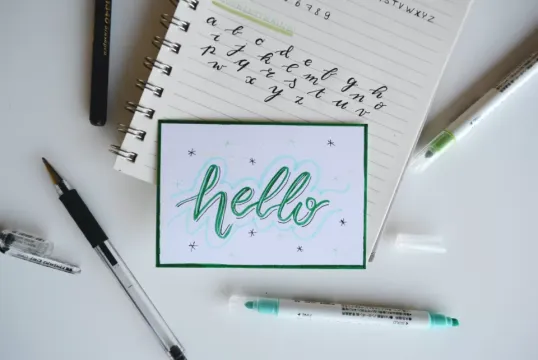The Present Perfect in English: A Tense that Links the Past to the Present with Subtlety

Formation of the Present Perfect
The present perfect in English is formed by using the auxiliary "have" (to have) conjugated in the present, followed by the past participle of the main verb. For example, "I have traveled" perfectly illustrates the structure of the present perfect. Regular verbs usually form their past participle by simply adding "ed" to the base of the verb. However, irregular verbs have particular forms that must be memorized, such as "gone" (gone) for the verb "go" (to go).
Various Uses of the Present Perfect
- Non-Specific Past Experiences: The present perfect is often used to talk about non-specific past experiences. For example, "She has traveled to many countries" suggests that she has had the experience of traveling to several countries, but does not specify which ones.
- Actions Performed Recently: The present perfect is also used to describe actions that have occurred recently but whose precise time is not specified. For example, "I have just finished my homework" indicates that the action of finishing homework is very recent.
- Actions With Continuing Results: The present perfect can be used to highlight the duration of an action that started in the past and continues to the present. For example, "They have lived in this city for five years" shows that the action of living in the city started five years ago and is still going on.
- Achievements in Life: The present perfect can be used to talk about accomplishments or experiences someone has had in their life. For example, "He has written three novels" shows the author's achievements in the field of writing.
Present Perfect Temporal Indicators
Certain temporal words and expressions are commonly associated with the present perfect to reinforce the link between the past and the present. Here are some examples :
- "just": "I have just finished my meal"
- "already": "They have already seen the movie"
- "yet" (again): "Have you finished your work yet?" (Have you finished your work?)
- "recently": "She has recently visited a museum"
- "ever" (never): "Have you ever been to Paris?" (Have you ever been to Paris?)
Differences Between Present Perfect and Past Perfect
It is important to distinguish the present perfect from the past tense, which is another past tense in English. The past tense is used to describe specific, completed actions in the past, while the present perfect emphasizes the relationship between past and present. For example, "I have read that book" focuses on the fact that the act of reading took place at a time before the present.
Emotional Nuances
The present perfect can also express emotional nuances. For example, "I have always wanted to learn to play the piano" shows a continuous desire through time to the present.
Conclusion
The present perfect in English is a tense that provides captivating depth and nuance to our linguistic expression. It connects past experiences to the present, creating a subtle connection between past actions and their current impact. By mastering the use of the present perfect, you can enrich your conversations and communicate with more subtlety, expressing the connections between past and present in an elegant and expressive way.